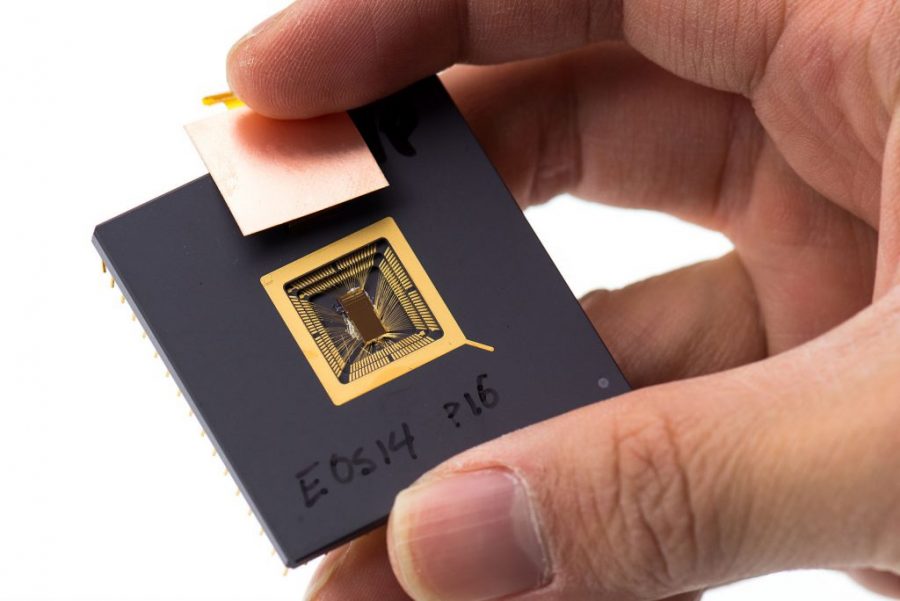The rise of RISC-V architecture CPUs
Since the very first x86 CPU was released in 1978 by Intel, and the ARM cores manufactured in the hundreds of millions, the prominent CPU architectures have been only three in numbers. x86, x64, and ARM, each being developed overtime for more computational power and efficiency. However, the performance of x64 and x86 comes at a cost: power efficiency. ARM, on the other hand, has higher power efficiency but low performance. But now, the new RISC-V architecture is making its arrival on the scene. RISC-V is a fully open-source architecture, meaning that all of the intellectual property associated with it is free to be used and modified by anyone. As of the writing of this article, more than 40 companies have backed the RISC-V Foundation. This includes major companies such as Nvidia, Qualcomm, the Raspberry Pi Foundation, IBM, Arduino, and Sony.
RISC-V and x86/x64 are different in that RISC-V does not use micro-operations within the CPU, whereas x86/x64 and some ARM CPUs do use micro-ops. Micro-ops combine two or more CPU instructions into a single one in order to increase performance per cycle, at the cost of lower power efficiency. RISC-V designs are more focused on software efficiency rather than hardware efficiency, and thus would be suitable for applications such as servers and supercomputers where power efficiency is higher with multi-core processing.
Finally, RISC-V allows smaller companies and institutions to design processors and have them fabricated, which in the past has only been available to multi-million/billion-dollar companies. This will open the gates to computer chip design to makers, institutions, and small companies worldwide in the future.















